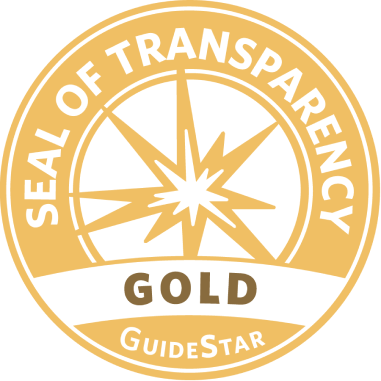For many women in Iran and Afghanistan, survival is not just about staying alive—it is about enduring the invisible wounds left by war, oppression, and violence. Trauma lingers long after the moment of crisis, shaping how they see the world, their futures, and even themselves. But healing is possible. The journey from merely surviving to truly thriving is not easy, but with the right support, resilience, and hope, women can reclaim their lives and move beyond their pasts.
Understanding Trauma: More Than Just Memories
Trauma is not just something that happens in the past—it affects the present and future. When a person experiences violence, war, or abuse, their brain enters survival mode, making it difficult to trust others, feel safe, or plan ahead. Many women in conflict zones develop Post-Traumatic Stress Disorder (PTSD), anxiety, or depression. Some struggle with emotional numbness, while others experience overwhelming fear and guilt.
For years, many women in Iran and Afghanistan have been forced to suppress their pain, fearing social stigma or further harm. But trauma does not disappear on its own. Recognizing its impact is the first step toward healing.
Reclaiming Power: The Steps to Recovery
Healing from trauma is not about forgetting—it is about learning how to move forward without being controlled by the past. Recovery is a journey, and every woman’s path is different. However, certain key steps can help rebuild a sense of self and security.
1. Acknowledging the Pain
The first step toward healing is recognizing trauma for what it is. Women who have suffered violence or war-related trauma often blame themselves, thinking they should have been stronger or done something differently. But trauma is never the survivor’s fault. Accepting that pain is real and valid is essential to moving forward.
2. Seeking Safe Spaces for Healing
Healing cannot happen in isolation. Many women in Iran and Afghanistan have found strength in secret support groups, online communities, and organizations like the Omid Foundation. Being able to share their experiences in a safe environment helps break the silence and reduce shame.
3. Finding Emotional Outlets
For many survivors, expressing their pain through art, writing, or movement is an important step in recovery. Poetry, storytelling, and painting have long been tools of resistance and healing in Iranian and Afghan cultures. Activities like yoga and meditation also help regulate emotions and reconnect with the body after trauma.
4. Learning and Growing
Trauma can make people feel stuck, but education and skill-building provide a way forward. Many women in conflict zones regain confidence by learning English, digital skills, or even basic self-care strategies. The ability to grow and adapt gives them hope for a better future.
From Darkness to Light
Trauma may shape a person, but it does not have to define them. Women who have survived war, oppression, and violence have already shown incredible strength. With support, community, and the right resources, they can move beyond survival and build a life filled with meaning, purpose, and joy. Thriving is not just a possibility—it is a right.

